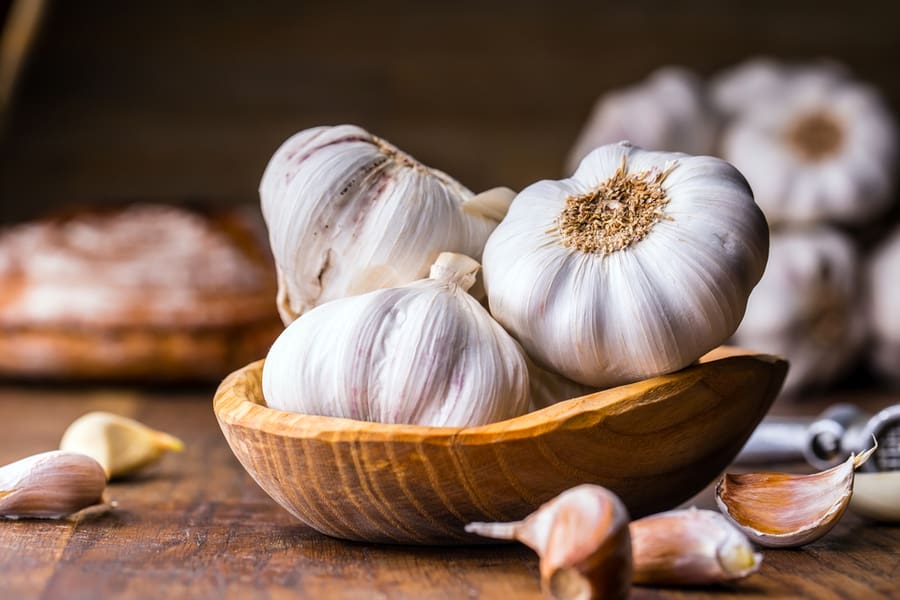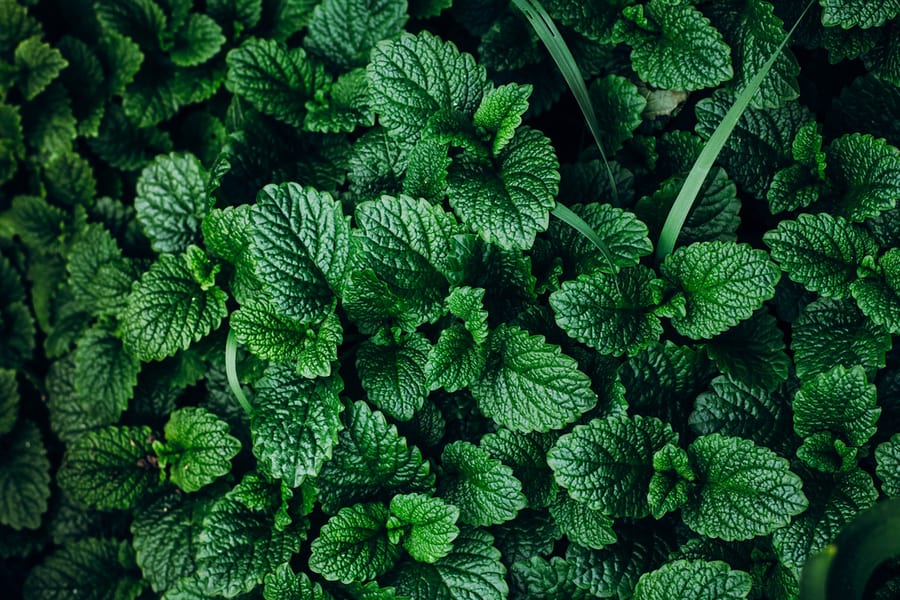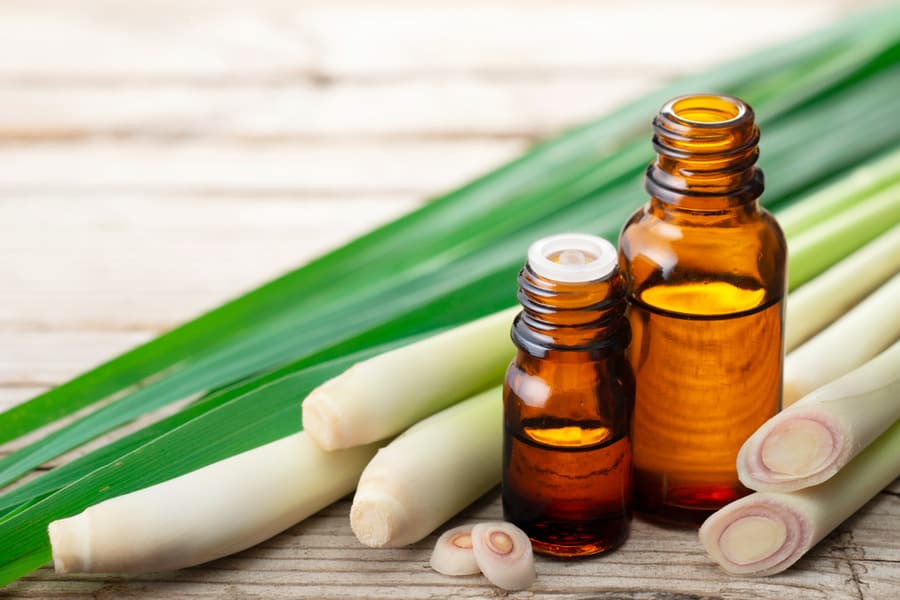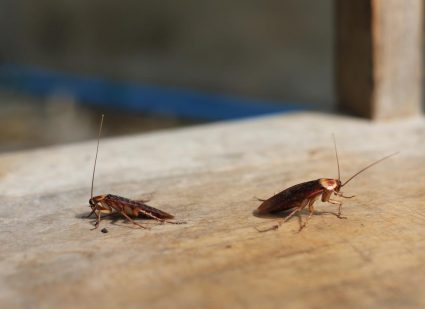
Are you tired of having termites in every nook and cranny of your home?
Termites are small insects that live in colonies. However, the destruction meted out by these insects is in no way small.
You are probably wondering about a sustainable way to repel them. Look no further; here are some plants that repel termites.
It is not news that termites are destructive lots. Their active nature backs their destructive prowess. They are always on the move twenty-four hours, seven days round the clock.
Their source of nourishment is wood pulps. Hence, termites are always on the lookout for places with wood. However, they can be easily detected.
Plants are sustainable and environmentally friendly ways to repel termites. Here are some of them:
- Catnip
- Garlic
- Lemongrass
- Mint
- Marigold
They have been proven to be highly effective and efficient.
The repellant plants are analyzed in the following headings. Termites are not easily resisted because of their fast reproductive rate. However, using the plants consistently and constantly will pay off in the long run.
8 Plants That Repel Termites
The following plants have been hand-picked based on their efficacy in repelling termites.
1. Catnip

When it comes to insect-repellent plants with natural properties, Catnip, also called catmint, ranks high.
It contains acids, oils, sterols, and tannins.
Termites find the smell of catnip repulsive. It makes a place inhabitable for them. It also limits their tunneling actions.
Catnip can be planted around the house. Another alternative is getting the oil or fragrance.
2. Garlic

Garlic is a multi-functional plant. It is no surprise that it made it to this list. One of its many uses is to repel termites.
Garlic is known for its insecticidal properties. The elements and smell cause harm to any destructive insect. However, garlic can only kill termites it comes in contact with.
For effectiveness, it should be crushed into powder form and sprinkled on the infestation spots.
Garlic is also effective as an oil. The oil should be sprayed on the termites. Do this, and watch the magic happen.
Garlic leaves can also be used.
3. Lavender

The use of lavender goes beyond just its smell. It is an intoxicating, beautiful plant that also functions as an insect repellent.
Termites find the smell of lavender displeasing. It displaces them while maintaining the wood. It has been proven to be effective.
Like other plants, lavender can be used as an essential oil. You can also use it as a powder. Most people plant them around their houses.
4. Vetiver Grass

Termites despise the vetiver grass. It makes a place not conducive for them. The smell is the driving force.
The plant contains a chemical compound called “Nootkatone.” The compound contains insecticidal properties. It also repels other pests, not just termites.
Vetiver grass can be planted around the affected areas. It has a fast growth rate and can also function as an ornamental plant.
5. Mint

Mint is a popular herb. It is known for its many functions. Interestingly, mint can be used to repel termites.
It has strong pesticidal properties. Since termites are destructive insects, they leave destruction in their wake. It does an excellent job of wading them off.
Mints can be planted or sprinkled as powder. Another effective way is to steep mint leaves and spray the water around their colonies.
6. Marigold

Marigolds are annual ornamental plants. They can perform dual functions. They repel termites while enhancing the beauty of your house.
The unique smells are often used in the production of insecticides. They can be used in their non-processed state as it is more potent in their natural form.
When planted, they blossom quickly and give off a distinct aroma. Human beings find the smell pleasing, but it is dangerous to termites.
7. Lemongrass

Lemongrass has medicinal and insecticidal properties. It is used in creating insecticides, pesticides, and even drugs. It is also called citronella.
The smell produced by lemongrass is soothing, intoxicating, and fragrant. However, it is also strong enough to chase away termites and other destructive pests.
It is helpful when applied as an oil. Nevertheless, the natural form is more potent as it works faster.
8. Eucalyptus

Eucalyptus is a shrub-like evergreen tree. It is famous for its household uses. It can be used as an antiseptic, air freshener, etc.
Eucalyptus has proven its worth as a termite repellant. They release a chemical called “Pyrethrum,” which executes the repelling function.
The leaves of its plants and oils do not appeal to termites. When planted, sprayed, or sprinkled, it kills the termites.
Termite-repellant plants have proven their effectiveness over time. As a form of success, they are made into essential oils.
The oils are used to repel other pests, not just termites.
They have been embraced and recommended. This is a result of their sustainable and environmental-friendly properties.
Other Use of Plants To Repel Termites
There are other innovative ways to use plants to repel termites. One way is by having plants that attract termite predators around their colonies. These predators help in getting rid of destructive insects.
Some of these plants include sunflowers, coriander, wild mustard, etcetera. They attract predators, which in turn attack or feed on termites.
Conclusion
Termite infestation is not what you will want to tolerate in your house. The effects can affect you financially, physically, and health-wise.
Insect-repellant plants are used to mitigate the effects of chemical and toxic pesticides or insecticides as they are better alternatives to their poisonous counterparts.
Most of the plants used to repel termites are contents of organic pesticides and insecticides. They are ecologically friendly and beneficial to the environment.
Frequently Asked Questions
How Effective Is the Use of Plants To Repel Termites?
They have proven to be effective with the results produced. Some of the results include:
- Sending them away by making the place inhabitable for them
- Reduce their tunneling activities
- Limit their reproductive pace
- Some plants kill them entirely
What Are the Dangers of Having Termites Around the House?
Wood, a major building material, is a source of nourishment for termites. Since they are destructive insects, their constant attacks leave destruction in their wake.
Here are some of the dangers of having termites in your space.
- Termites can damage your furniture.
- In rare but possible cases, they can gobble down a house by attacking the core.
- They promote the release of mold and mildew. Which can trigger asthma attacks and other allergies.
- They are not easy to control. Plus, they have a fast reproductive rate. Hence, they wreak havoc quickly.
Are There Permanent Ways To Eliminate or Repel Termites?
There are numerous ways to get rid of termites permanently. Some of the ways are easy to practice.
Examples include spraying boric acid or essential oils, fumigation, exposure to sunlight, etc.
There are other means to repel termites which include: removing decaying woodpiles, storing wood away from the house, and sealing potential entry points.









